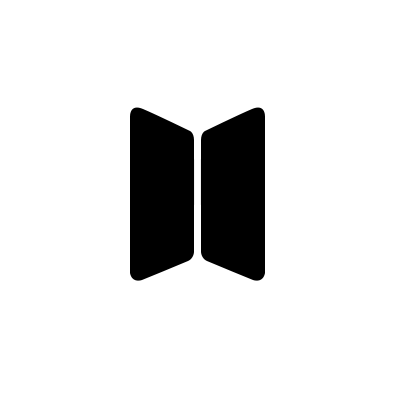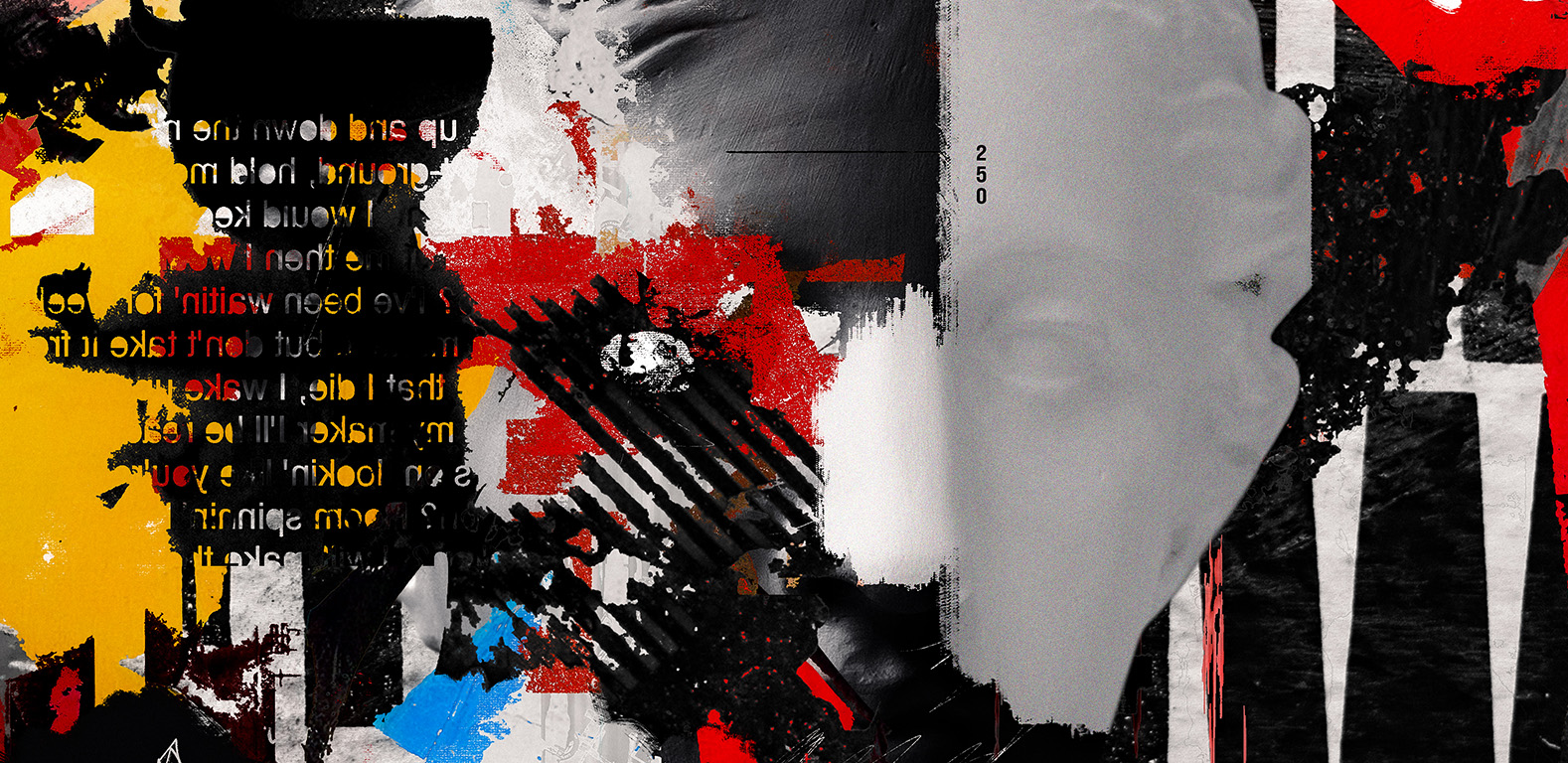In the captivating journey of artistic self-discovery, the question of what making art truly means unfolds as a profound odyssey. For Poetonic, it represents everything—a quest to find his place in a world shaped by societal norms. Beginning with photography, his creative evolution led to a fusion of interests in poetry, collage, and the delicate balance between Order and Chaos. His artworks, born from an internal exploration, convey a powerful message of questioning and transformation. Delve deep into Poetonic’s world (in conversation here with @arica_ma) to learn more about his artistic journey and the meaning behind his imagery.
What does making Art mean to you?
Everything. There’s no simple answer to that question actually. I believe making art (at least for me) has a lot to do with finding my place in the world we live in. I didn’t fit in the 9-5 job model, and instead searched for a path where I can produce things I care about, and that made sense to me.
Before I started my journey as an artist, I pondered a lot about who I was and what I wanted to say. To understand myself, I started to use photography as a tool to determine what I was attracted to. By doing so, I also developed a strong interest in poetry, in the physics of light, and Order and Chaos.
These photographs I made, for personal and commercial reasons, weren’t exactly portraying what I wanted to say. But by making them I learned that I wanted to explore ways in which random and disordered elements can be weaved together to create something unique and meaningful. So I started making collages, in analog and digital formats. It was by deconstructing to reconstruct that I started to find depth and meaning in what I was making.
So long answer short, these collages mean almost everything to me, because I see them as the only answers I’ve received in return for asking the hardest questions life has thrown at me. It’s also a means for me to escape reality by exploring intangible worlds and interrogating our projections of the Divine.
In many of your collages you use one of your photographs as a base which you transform by applying methods of destruction. The result is usually completely different from the original picture. Can you explain why you do that?

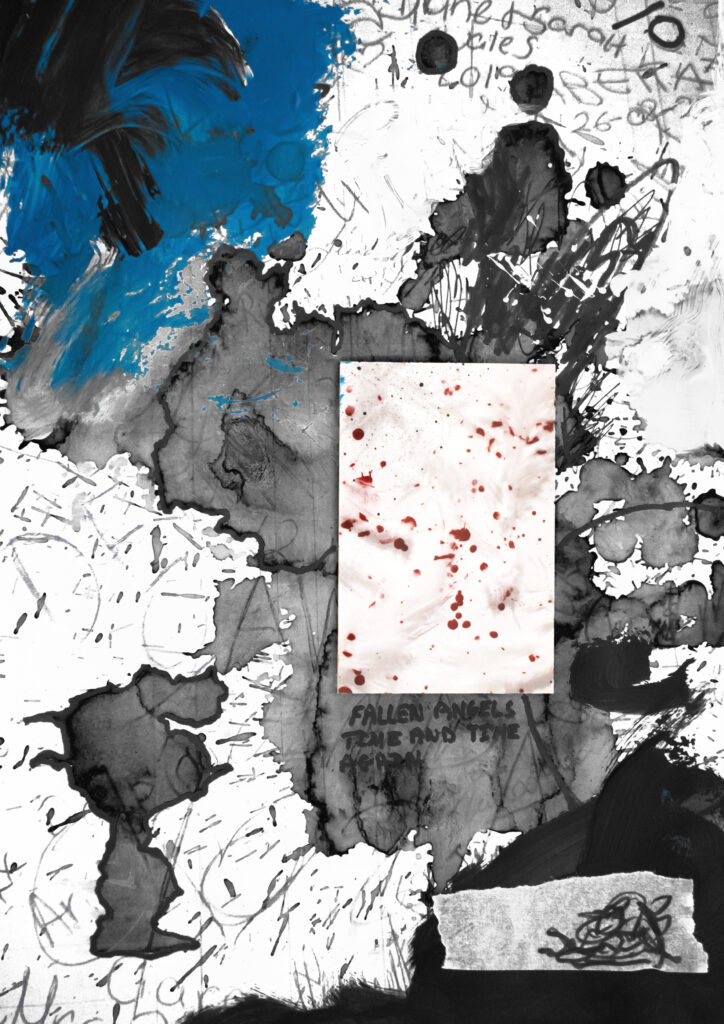


I can go on a long rant on why I despise clinical photographs of landscapes or portraits. But I’ll simply say that for me, these types of images have no soul, and only give more power to the stereotypes of beauty that have already lived far too long in people’s minds.
When I print out my photographs and look at them, I don’t believe they reflect who I am or any of my beliefs towards the society we live in. They only show what I was attracted to at a certain point in time. Even though they might look great to the common viewer, I don’t publish them.
Instead, I modify them to explore the Why. Why did I capture this photograph? Why am I here on this earth? Why am I me and not him? It is by questioning my very existence and my place in the world that I enter the process of creating a collage. I usually work surrounded by a chaotic mess of disordered elements, and I try to restore order from it on an A4 sheet of paper. By doing so, I embrace the beauty in both sides of every duality, understanding that each side needs its opposite, allowing me to find a correct balance in the resulting imagery.
What is your favourite type of photography work and why?
I enjoy the works of many street photographers. The list is pretty long, but I will say that I’m very fond of, and am particularly interested in Daido Moriyama. Daido’s imagery is interesting to me because there is so much to look at. He published over 150 books, and it doesn’t seem like he’ll be stopping anytime soon. I was fortunate to be at his biggest show in China, which recently was in the city of Xian. I was baffled when I saw his large monochrome silk screen prints.
So I’d say my favourite type of photography comes from incredibly prolific photographers because it taught me that you need to be very productive and have very high levels of tenacity to get only a few golden nuggets.
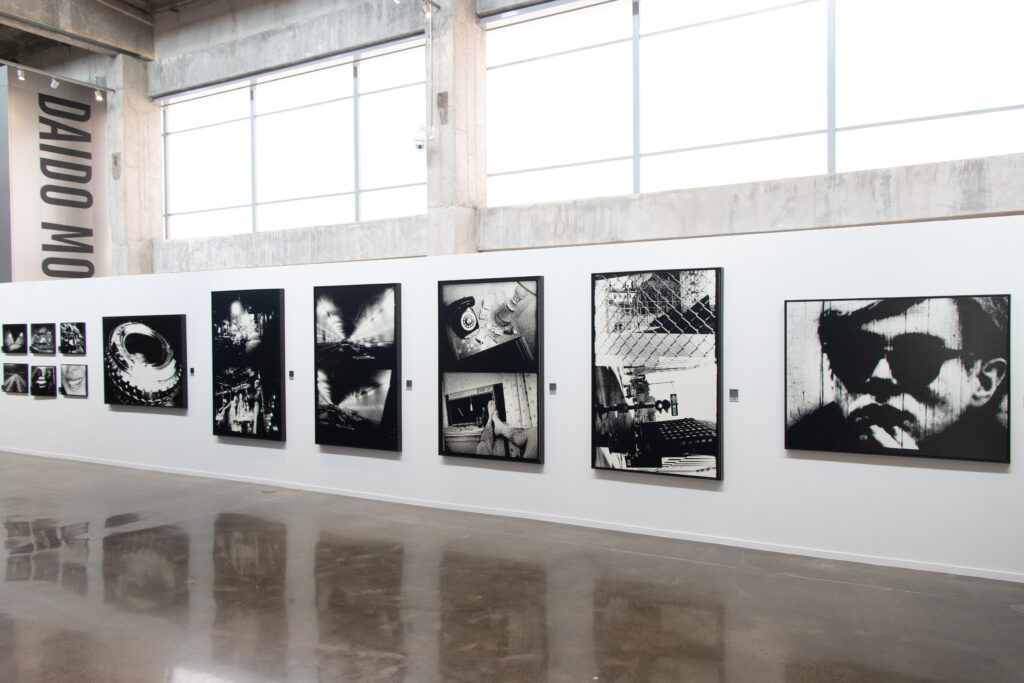
I noticed that you started using more colours in your recent works, instead of using only black, white and red. Why is there a change in the choice of colours? Did you encounter any challenges while applying more colours to your work?
Yes, this is true. I can’t exactly explain why, but in every artist’s career, there can be style changes. And even though these changes happen, you can still usually manage to find a common thread throughout the artists’ entire body of work.
I was told not to stay in my comfort zone, and every time I start a new project I try to go a little bit further, a little bit deeper into the water. I’ve worked in monochrome for a long time and learned a lot from it. As my ideas evolved, I started using colour. It seemed to me that colours gave more depth and meaning to these new ideas.
As for the challenges I faced, well I started out by doing a lot of bad work, and with time and practice, I got more comfortable using them.
Where do you get your inspiration from?
My inspiration comes from introspection, human nature, books, music, details, duality, and light…. It comes from many things, but what has inspired me the most are the experiences that life itself has given me. I was fortunate enough to travel a bit around the globe and learn from different cultures. I became particularly fond of Lao Tseu, and many Asian symbolism elements can be found in my work.
Learning from different cultures also has given me a deeper understanding of what I stand for and the values I’d like to develop as a human being. With time this should and likely will be seen in my work.
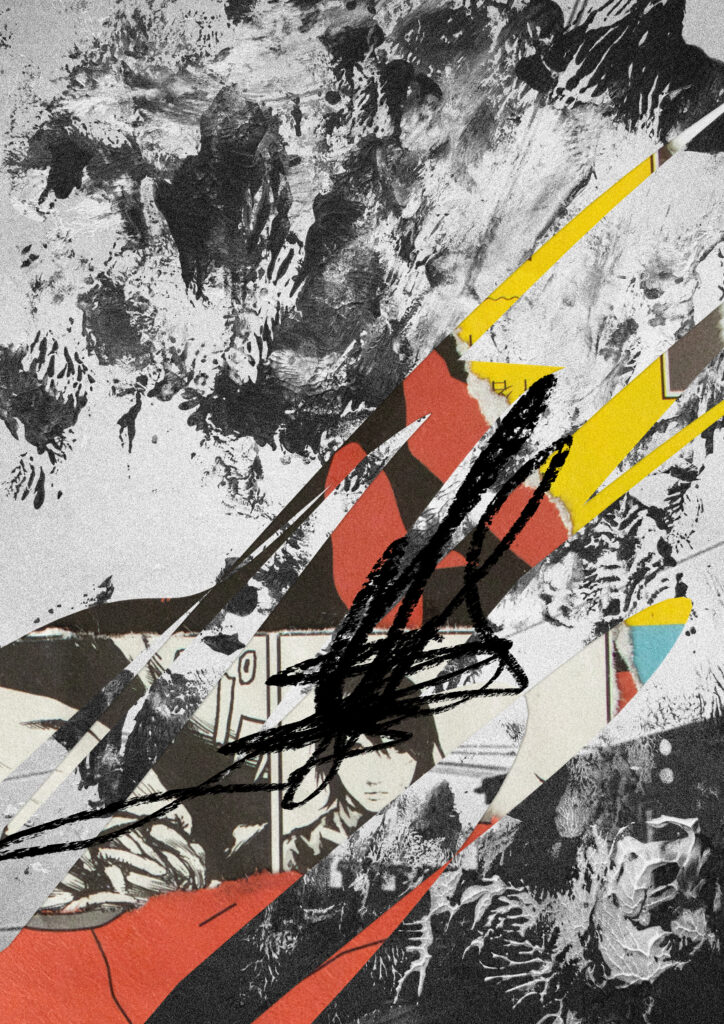

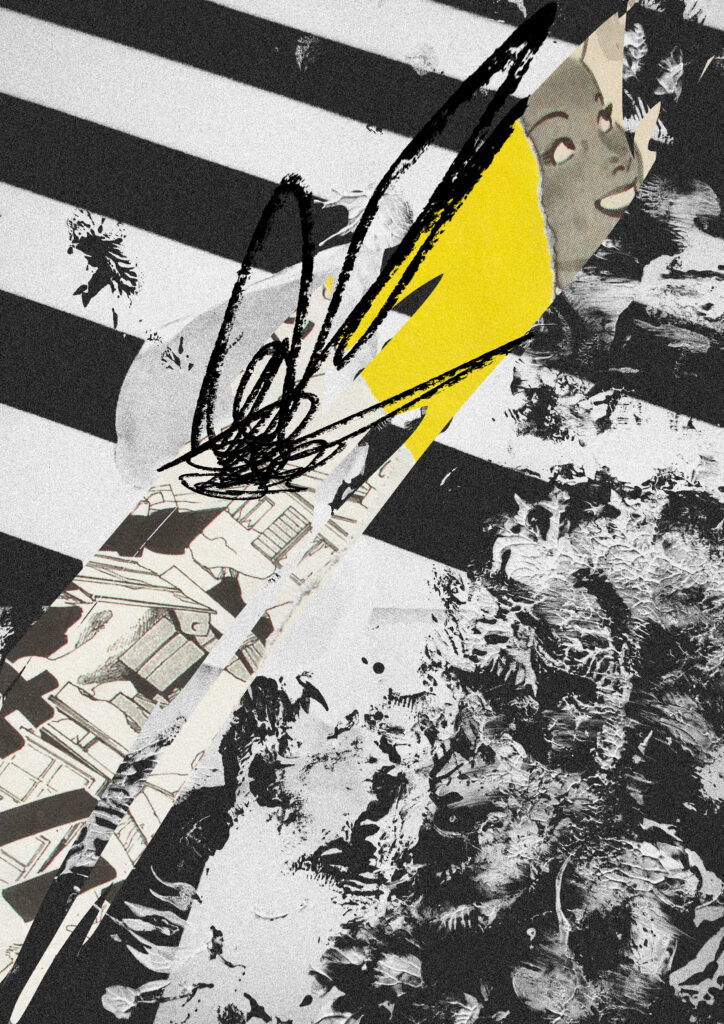
If I am an artist who is planning to publish/trade/sell my work and build a community around it, what kind of advice would you give me? What are the most important things you learned as an independent artist publishing his work on Cardano for the past two years?
The way I see it, You only have two options. You can either create images that you can be sure the market will want to buy, or you can create images that come from the heart, that define you and your place in the world. Or maybe both?
If you want to go with the first option and want to do it in the land of Web3, you probably should know or learn how to draw a monkey or any other animal. If you want to go with the latter, talking from my own experience the road can be much harder, but also much more rewarding.
What I’ve learned is that you must truly believe in the images you are making. Believe. Believe. Believe. And cherish the people who also believe in your work. There might be a lot, or there might be very few. This depends on many factors, but one should always keep in mind that his work is nothing without those who surround it.
What is the next step for Potonic and his artworks?
Hard to say. I’m working on many different projects. I’d like to finish the Genesis collection before 2027, and I’ll try to make that happen.
Regardless of collections, I think the next big step for Poetonic will be to try and find a way to create more of my future collection of collages in a video format. I’ve been a video editor for about 7 years and would love to apply what I’ve learned to my work under the Poetonic name. I think that would be very exciting.
On a final note, I also intend to work very closely with Pixel Tales in the development of the Sacred Muse Gallery and the magazine, in order to support other artists I look up to as best as I can.
